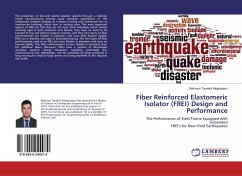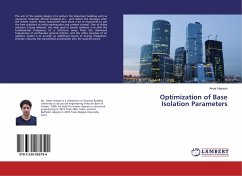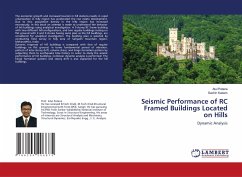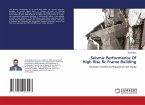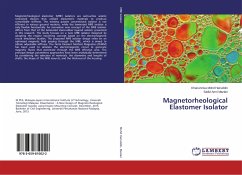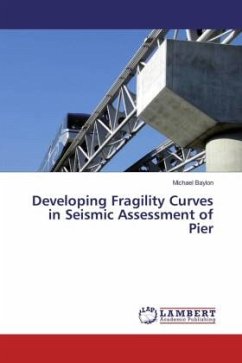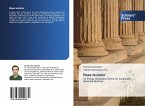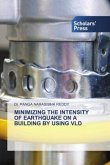The production of low-cost seismic isolation systems through a relatively simple manufacturing process could stimulate applications of this earthquake resistant strategy to ordinary housing and commercial low to medium-rise buildings, either new or existing ones. The most important aspects of FREI are that they do not have thick end-plates which remain relatively rigid in both extension and flexure, they have no need to be bonded to top and bottom support surfaces, and their thin layers of fiber reinforcements are flexible in extension and have little flexural rigidity. FREIs are a relatively new type of laminated bearing. The thin layers of fiber reinforcement used in an FREI are more flexible in extension and have no flexural rigidity. The fiber reinforcement is more flexible in extension than the individual fibers. Moreover, FREIs have a number of advantages including superior energy dissipation capability, potentially low manufacturing cost, lightweight, and the possibility of being produced in long rectangular strips or large sheets and being modified to the required size locally.
Bitte wählen Sie Ihr Anliegen aus.
Rechnungen
Retourenschein anfordern
Bestellstatus
Storno

